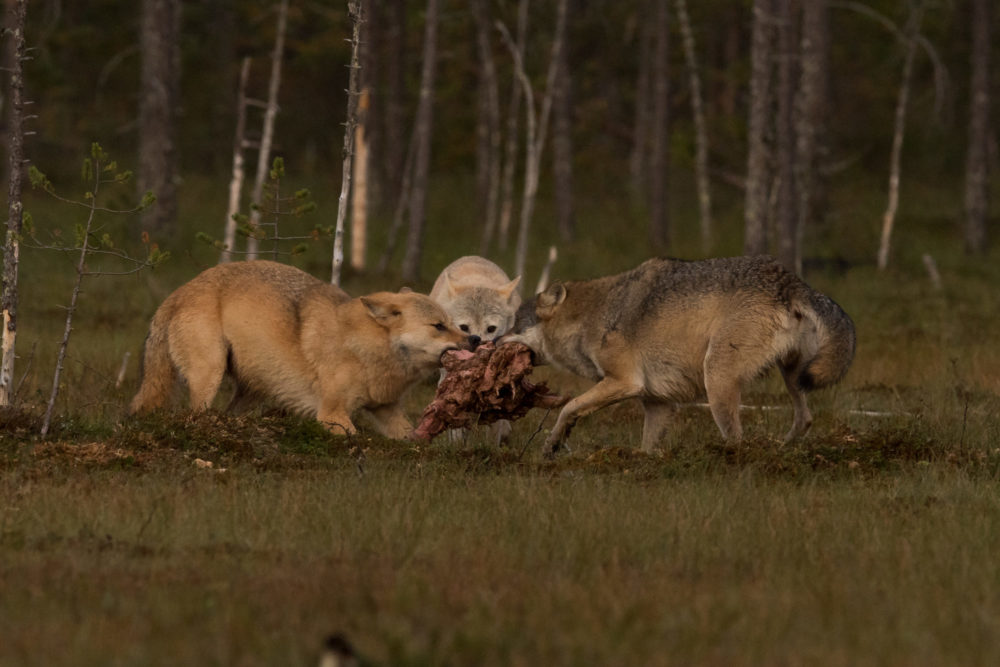Are wolves dangerous?
Written by Nicklas Iversen | Last edited 29. September 2021
The short answer is no. The wolf is strong and has sharp teeth, and is capable of injuring a human. At the same time, we know that wolves prefer to avoid us. So we cannot call the wolf dangerous. You can read more about the subject on this page.
FEAR OF WOLVES
Many people think it is scary to have wolves near where they live. They may be afraid to go for a walk, enjoy the outdoors, hunt and fish. No one wants to live in fear like that, of course.
It is not uncommon for people to be afraid when predators they are not used to, settle nearby. This has a lot to do with their not knowing enough about the animal and being unsure how it behaves. Being afraid of the unfamiliar is quite normal.
The fear of wolves differs slightly from a fear of bears, for example, in that the people who mention it are often afraid on behalf others. Afraid for their children or afraid for their dog.
But is there any reason to be scared?
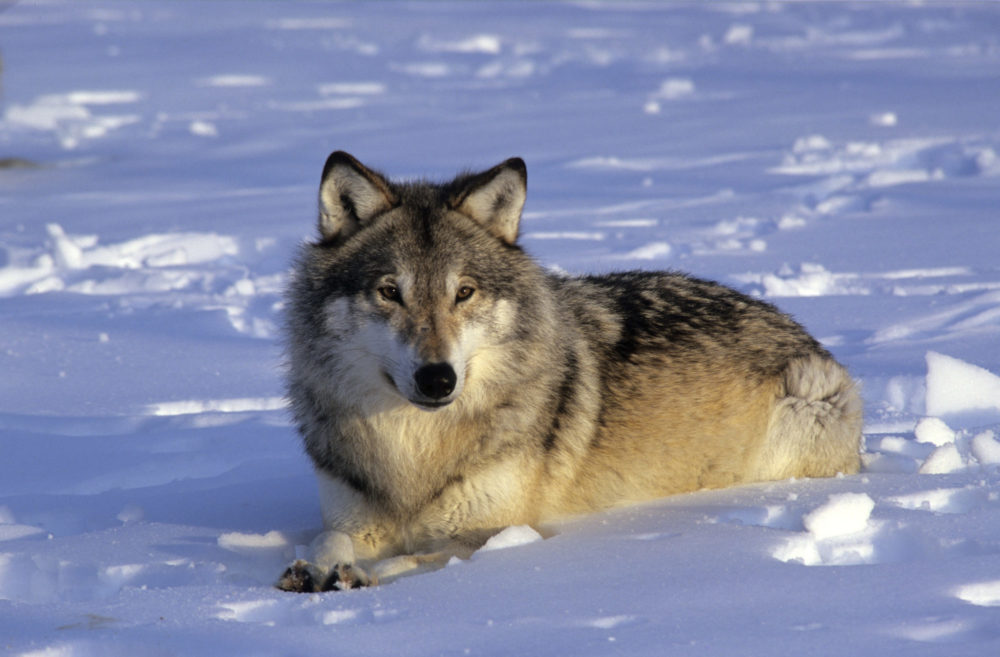
IS THE WOLF DANGEROUS?
Is the wolf dangerous? The short answer is NO. The wolf is wary of people and prefers to avoid us. Which may, perhaps, sound strange in view of the fact that wolves are seen close to houses and road many times. We have to remember that the wolf has no understanding of what houses and roads are – and that young animals in particular have no reason to associate them with humans. Yes, it does smell like humans, but so does most things in Norway in the 2020’s when you have the sense of smell that of an wolf. At all events, they have no idea what something as strange as a car is!
It is fortunately extremely rare for wolves to attack humans, and it usually happens in very particular circumstances..
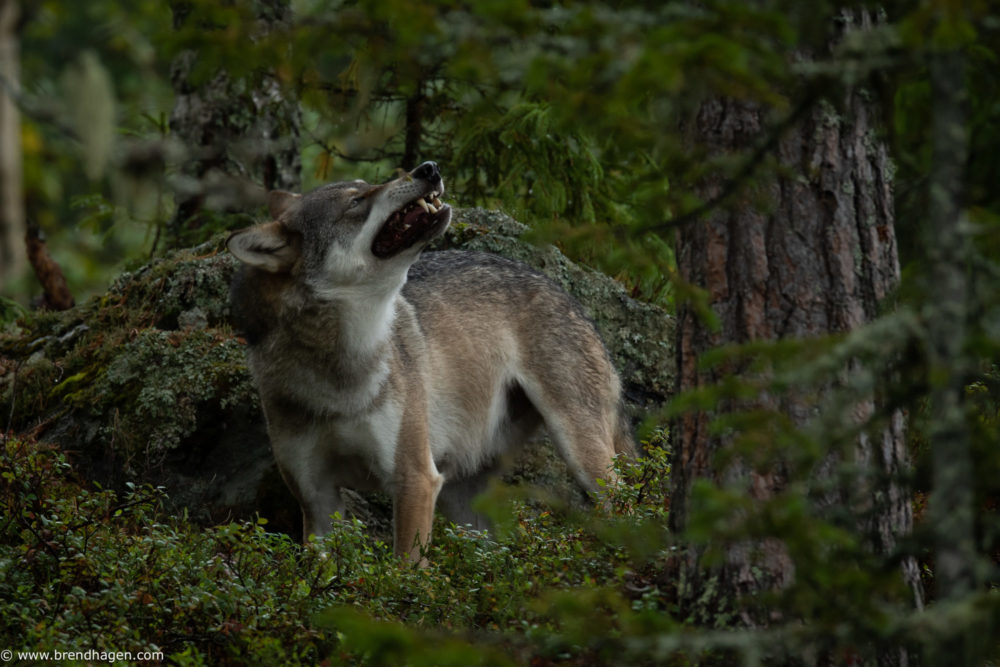
WOLVES WITH RABIES
Rabies is a viral disease that attacks the central nervous system in the brain. Infected animals will behave abnormally and may become aggressive. This abnormal behaviour has led to rabies being nicknamed ‘mad dog disease’. The disease can be transmitted to all mammals, but fortunately, we do not have it in mainland Norway yet.
Most wolf attacks on humans in the rest of the world are by animals infected with rabies.
As the disease is not found here, there is no need for us to worry about this.
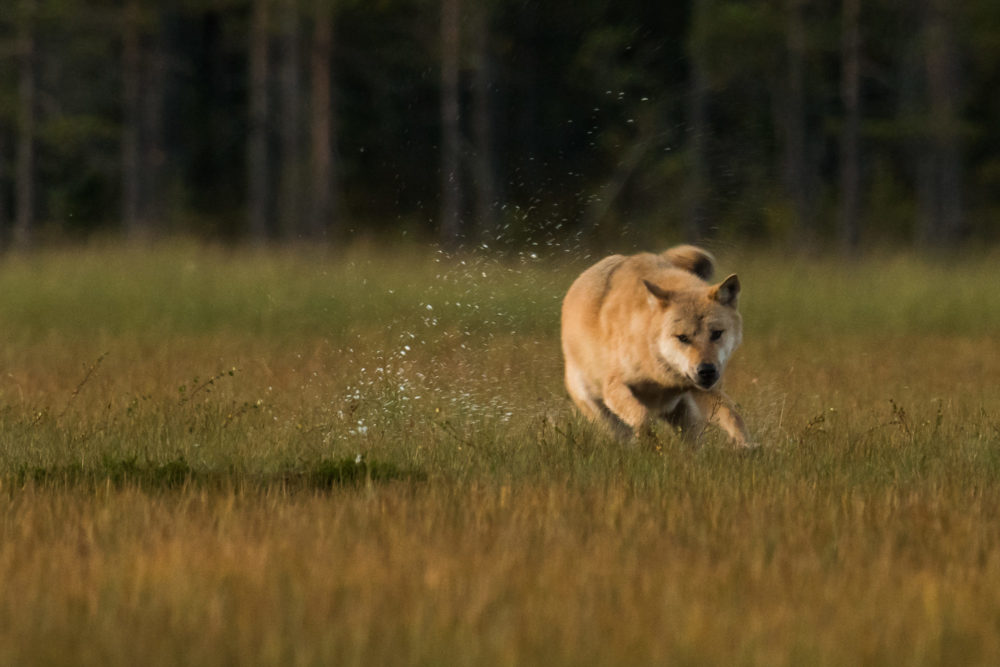
TAME WOLVES
There have been cases of tame wolves injuring and killing humans. These wolves have lived in captivity and been used to associating humans with food. In areas with a lot of tourists, like Yellowstone in the USA or Banff in Canada, individual animals may learn to approach humans for food too.
Such tame wolves are considered dangerous, which is why breeding wolf-dog hybrids is also prohibited.
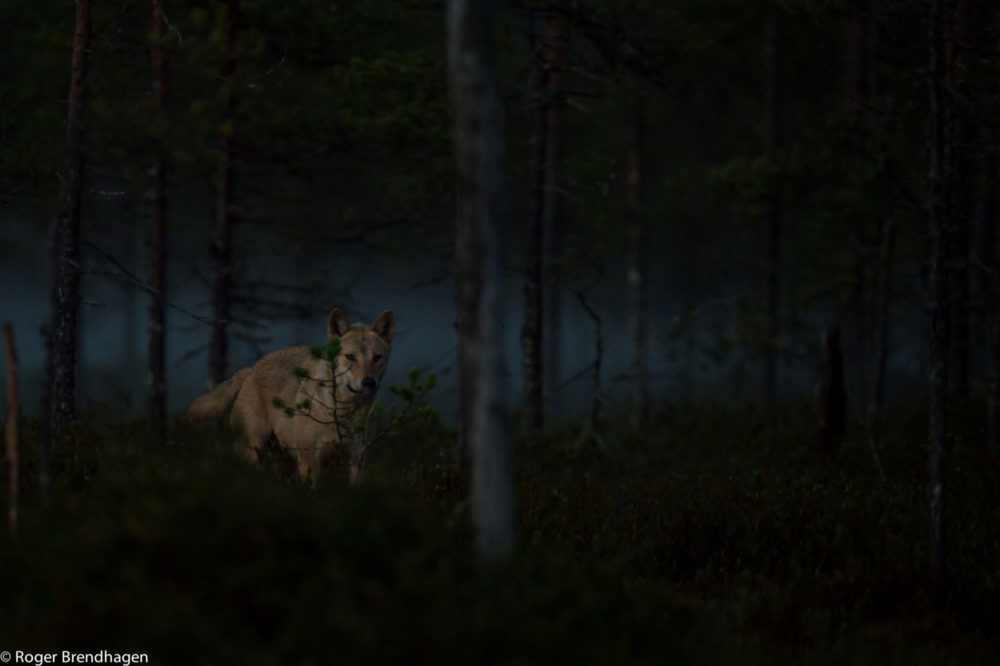
SHORTAGE OF PREY ANIMALS
The last time a wolf killed a human in Norway was over two hundred years ago. Back then, we had a lot of predators and very few moose, red deer and roe deer. In a situation like that, predators could become desperate and bold.
In recent decades, we have had historically high numbers of the deer family living in the wild in Norway. So a shortage of prey animals is not a problem for wolves here in Scandinavia.
As thing stand, there is consequently no need to fear the wolf.
This article has been written by Bjørn Henrik Stavdal Johansen, a nature guide at Visitor Centre Carnivore Flå.
